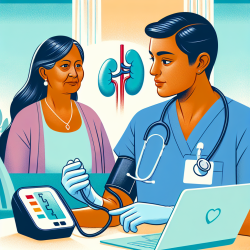Introduction
In the ever-evolving landscape of the COVID-19 pandemic, schools have faced significant challenges in balancing educational needs with health and safety concerns. The research article "Model-based assessment of SARS-CoV-2 Delta variant transmission dynamics within partially vaccinated K-12 school populations" provides valuable insights into how schools can navigate these challenges effectively.
Key Findings from the Research
The study employed a model-based approach to assess the transmission dynamics of the SARS-CoV-2 Delta variant in K-12 schools. The findings highlight the critical role of vaccination and non-pharmaceutical interventions (NPIs) such as masking and cohorting in reducing transmission within schools. Here are some of the key takeaways:
- At 70% vaccination coverage, universal masking reduced infections by more than 57% among students.
- Combining masking with 70% vaccination coverage resulted in fewer than 50 excess cases per 1,000 students/teachers.
- For stricter risk tolerances, a cohort approach was necessary, especially in elementary and middle schools.
- Increasing community vaccination coverage from 50% to 70% reduced the excess infection rate among elementary students by 24%.
Implications for Practitioners
For practitioners in speech-language pathology and other educational roles, these findings underscore the importance of advocating for and implementing comprehensive safety measures in schools. Here are some actionable steps practitioners can take:
- Promote Vaccination: Encourage eligible students and staff to get vaccinated. Vaccination not only protects individuals but also reduces the risk of transmission within the school community.
- Advocate for Universal Masking: Support policies that require universal masking in schools, particularly in areas with lower vaccination rates.
- Implement Cohorting Strategies: Work with school administrators to develop cohorting plans that minimize contact between different groups of students.
- Encourage Ongoing Research: Stay informed about the latest research and advocate for further studies to refine and improve safety protocols.
Conclusion
The research provides a data-driven framework for making informed decisions about school safety during the pandemic. By implementing these strategies, practitioners can help create safer learning environments for children, allowing them to thrive both academically and socially.
To read the original research paper, please follow this link: Model-based assessment of SARS-CoV-2 Delta variant transmission dynamics within partially vaccinated K-12 school populations.










